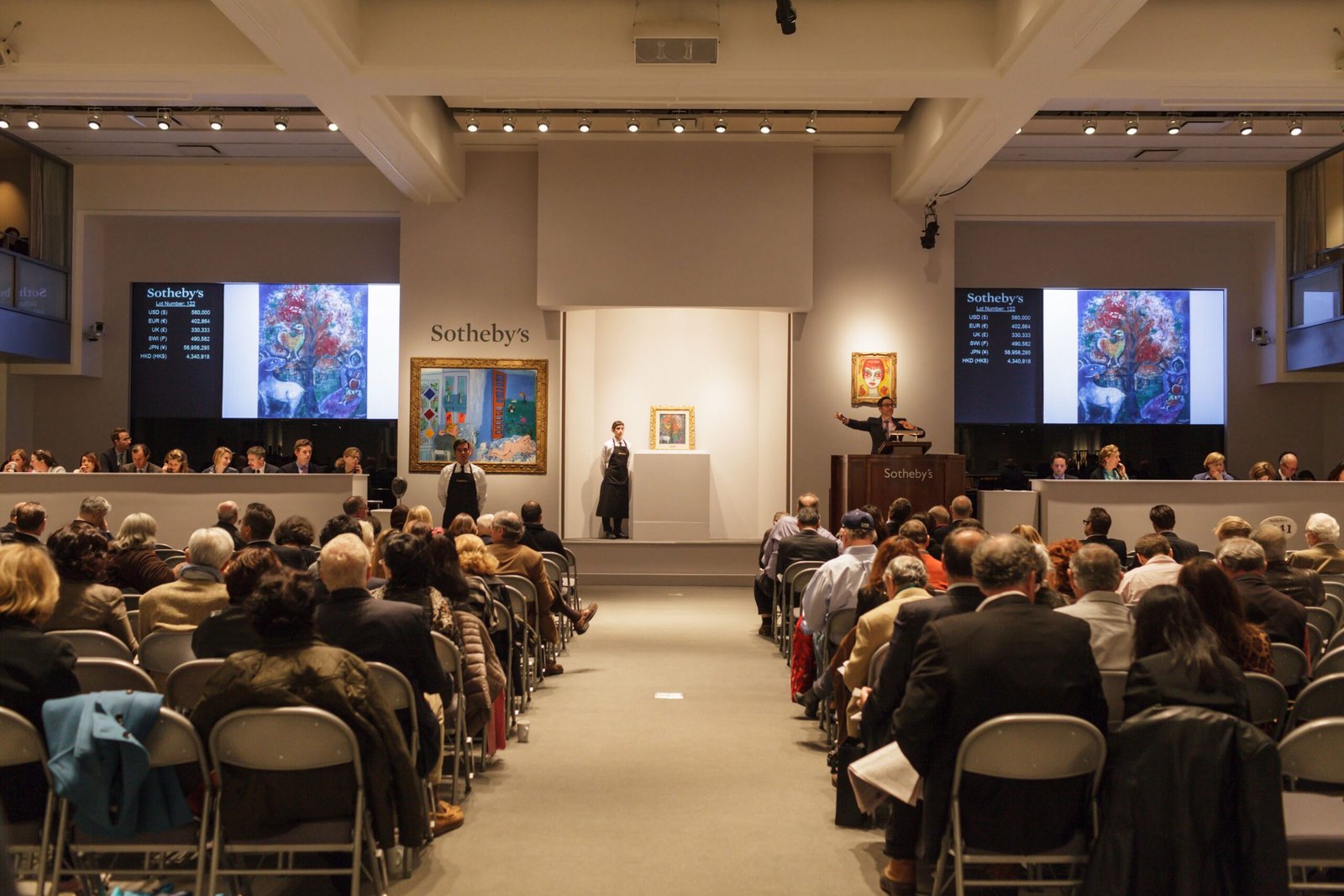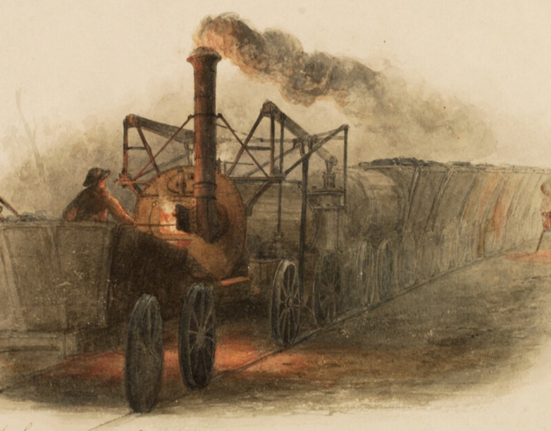At Sotheby’s first sale of the Macklowe collection in November 2021, the 277-year old auction house set a record for its most valuable sale of all time – $676 million including fees for the evening. With art sales generating numbers like this people may be wondering what art investing is all about. Unfortunately, while it has long been understood that art can appreciate in value, the art market can feel very opaque compared to other markets – particularly for people who may have little knowledge of, or interest in, the art world.
It is easy to feel like an outsider in the high-end world of major auction houses, glitzy galleries, and snooty art fairs. It is not unusual for a particularly abstract piece to leave you feeling like you just don’t quite get it. The good news is that in today’s digital landscape you don’t need to be a veteran in the art world to expand your knowledge or gain a foothold in this previously difficult to access market.
What is Art Investing?
Simply put, the goal of an art investor is to acquire an object, say a painting or sculpture, and then re-sell (typically years later), hopefully, for a higher value.
When investing in art it is important to remember that works can and do decline in value, and past performance is no guarantee of future results. However, in Citi Private Bank’s 2020 Global Art Market Report, citing data provided by Masterworks.io, the firm showed an estimated annualized return for All Art from 1985-2020 of 8.3%. In the same time frame, Citi goes on to mention, the art market did experience periods of substantial drawdowns, but displayed resilience relative to equities during the Global Financial Crisis and the ‘dot com’ bubble.
Of course, not everyone who collects art has a profit motive. According to Deloitte’s Art & Finance Report 2021, when its survey participants were asked about which motivations were most important in buying art, 30% said they bought purely for passion, 64% said to collect but also with a view to invest, while 6% said only for investment. As evidenced by this survey, the ideas of collecting art and investing in art are not necessarily mutually exclusive. However, if your primary goal is to purchase an art object as an investment piece, then you might want to distinguish between what you may personally find to be visually attractive in a work and those characteristics it has that might make it an attractive investment.
Invest in works like Banksy, Picasso, KAWS, and more…


Investing in Art
The art market is quite large – UBS estimates that global sales of art and antiques reached more than $50 billion in 2020 – but it is actually broken into thousands of submarkets. Artworks can be classified by mediums ranging from oil paint to sculpture, to even digital art. There are numerous different art historical periods, from Old Masters to Contemporary, which can be further segmented into movements, from Rococo to color field painting. Even artists that work in the same medium and from the same movement can vary widely in how they are perceived by the market. Further, individual artist markets can be stratified by the desirability of works produced during a certain time in their career or the perceived quality of individual pieces. It is important to familiarize yourself with all of these factors as ultimately they can and do impact value in the market.
As such, applying an objective lens when assessing the potential investment value of a particular piece can be critical. Just as you probably wouldn’t buy a home without first researching metrics associated with characteristics such as the safety of the neighborhood, quality of schools in the area, and comparable home prices – you might consider incorporating some type of objective framework or quantitative analysis to improve your artwork analysis.
At the artist level, some data points to consider include the length of the artists’ track record of sales at auction, the size of the artists market as evidenced by metrics such as annual sales volume, and the level of support the artist has from major institutions, galleries, and dealers.
Of course in a market that is driven by supply and demand, you want to identify objects that have high demand, but limited supply – often referred to as scarcity value. While it is impossible to predict the future, one can look to the past to identify a particular art object’s ability to retain value historically.
One way of doing so is called repeat sales analysis. Often used in real estate, this technique assesses changes in the sale price of a particular asset in order to examine changes in valuation over time. This same technique can be applied to the art world, by carefully analyzing the results of sales at major auction houses or private transactions of the same art objects across various lengths of time.
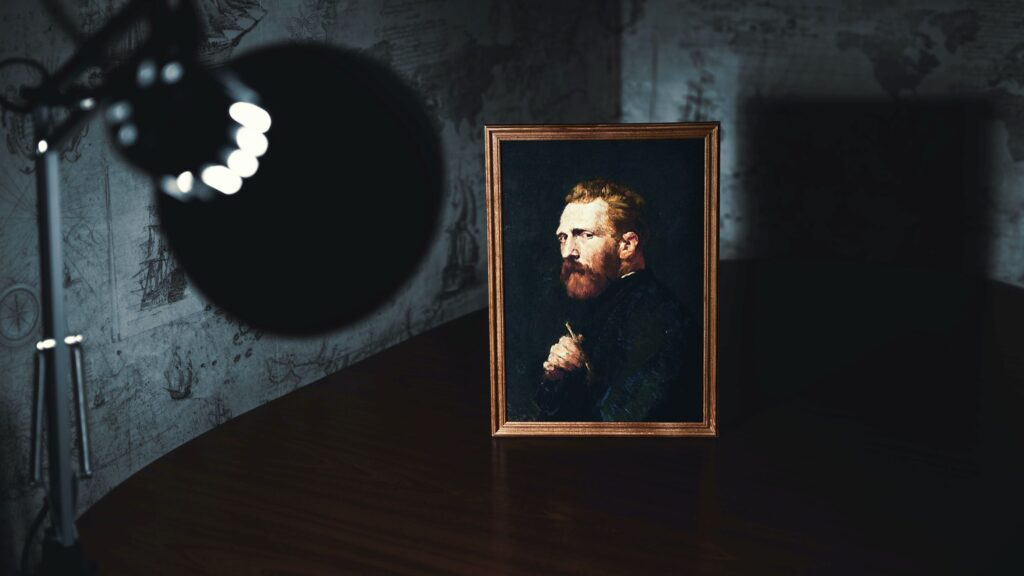

What is Blue-Chip Art?
If the art market is a good arbiter of artwork value, then it is clear that not all are created equal. Artists that have been deemed to be culturally or historically significant will typically have a higher level of collector demand, and as a result, command high prices for their works.
After all, trying to select who will be the next big star of the art market, and what may eventually be deemed to be historically important, is a particularly daunting task – even for major art galleries, astute students of art history, and prominent collectors. That is why some collectors who are particularly concerned with their art holding value will only consider well-established, globally recognized artists with a demonstrated track record of auction sales. Artists that fall into this category are often deemed “blue-chip” by market participants.
Just as a prudent stock market investor might purchase blue-chip stocks because of their perceived safety – due to high earnings quality, history of operations in various market conditions, and market leadership – an investor in artworks could seek to identify artists’ markets with significant lasting power and strong brand identity.
As a rule of thumb, an artist could be considered blue-chip if they have created pieces that consistently sell in excess of $500,000, have been selling at auction for 10 or more years, and have annual sales volume greater than $10 million.
In Art Basel & UBS’ Mid-Year 2021 Art Market Report, high net-worth art collectors were asked to identify their most common price range for purchasing works of art in the first half of 2021. In this survey, 22% of participants selected the range from $250k-$1m, while 20% selected the range over $1m.
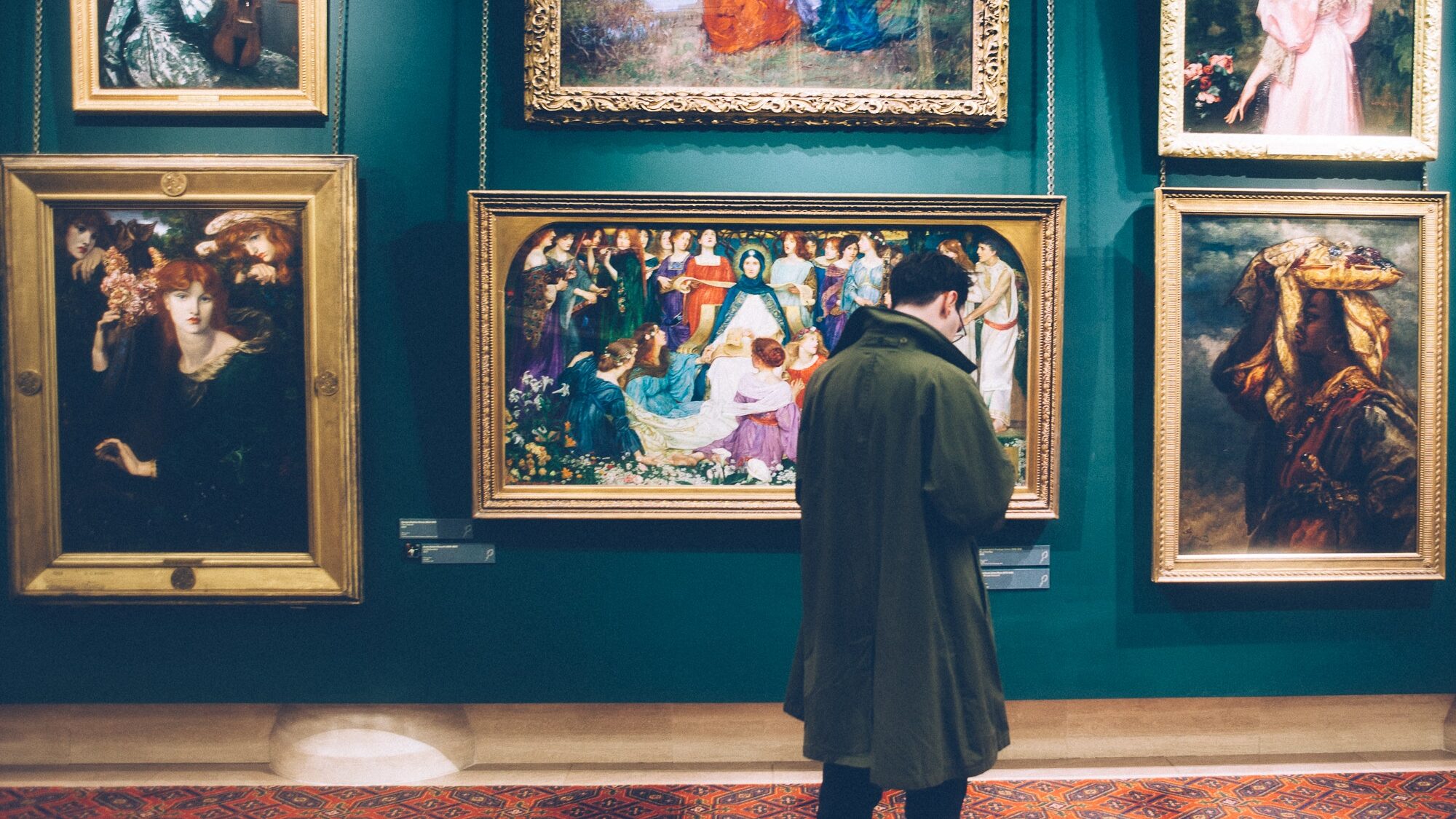

Art as an Asset Class
According to Deloitte, collectors have increasingly started to view their art holdings as a strategic asset allocation. Many wealth managers now offer various collection management services including art lending, consignment services, and estate planning. According to the Art Basel & UBS report, 69% of UHNW collectors (assets above $1m) reported an allocation of over 10% to art and collectibles and the average was 23%.
Morgan Stanley wealth advisors have noted that art can help to diversify investment portfolio holdings because it is an asset that does not necessarily move up and down with the financial markets. Citi has calculated a correlation of .19 between Contemporary Art and Developed Equities between 1985-2020, and a correlation of .15 between Contemporary Art and Developed Investment Grade Fixed Income in the same period. It is important to remember that diversification and asset allocation do not ensure profit or guarantee against loss.
Additionally, so-called “hard” assets like precious metals, commodities, and art are prized as stores of value by some. It has been argued that art can even act as a hedge against inflationary pressures. According to Masterworks internal research, during periods from 1985-2020 when inflation was equal to or higher than 3.0%, Post-War & Contemporary art prices had an average real price appreciation of 23.2%.
How to Access the Art Market
The most obvious route to completing your first art investment would be buying art in a physical form. This could be accomplished in a multitude of ways – working with an art dealer, attending an art fair, or working with a major auction house. In its HNW Collector survey, Art Basel & UBS noted that collectors’ first preference for buying art was through dealers at 39% of respondents, while 26% of respondents indicated auctions.
Buying a work of art through these channels will typically require a significant capital investment, as a high-quality piece can command a high price tag. It is also important to consider costs associated with ownership such as shipping and handling, maintenance, storage, and insurance.
An investor interested in gaining exposure to the art market, but not ready to commit to physical ownership might consider fractional ownership. In its latest Art & Finance Report, Deloitte noted that 29% of wealth managers surveyed believed that fractional ownership could become products of interest for their clients, with 26% of art professionals saying the same.
Through fractionalization, assets can be broken into ownership units, allowing individuals to hold a position relative to their investment size. This process could allow certain people to have partial ownership of works that they otherwise could not have through traditional channels. With these platforms, curation of the artworks available for investment is usually done by experts. However, decisions about when to sell are out of your hands, and the physical asset of which you maintain fractional ownership will be held in storage or by a third party, so you may never see it.
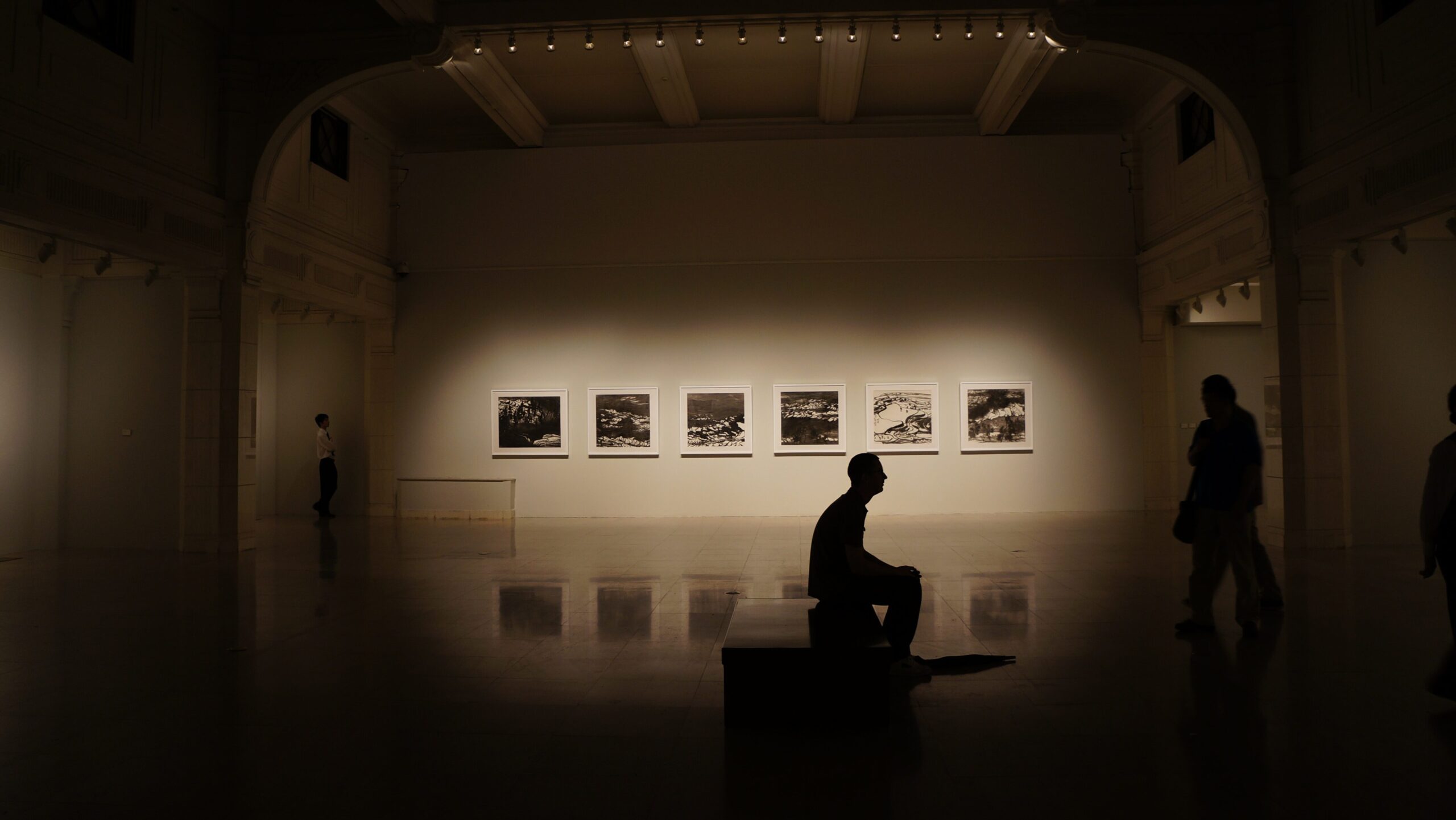

Important Risk Considerations
There are significant differences between art and other asset classes.
With art, there are no guarantees that an asset will appreciate in value, and investors in art can lose money. While there are plenty of art appraisal techniques, there is no standard method for valuing a work of art. This can result in buyers and sellers placing different valuations on the same object. Additionally, art market trends come and go and collector tastes are subject to change. It is possible to buy in at the top of a trend, or a particular artist’s career, only for that market to subsequently decline. Unfavorable macroeconomic conditions could reduce overall demand for collectibles such as art, negatively impacting price.
Additionally, art investments are generally illiquid and suitable for investors seeking long-term capital appreciation. Art assets typically do not generate a cash flow such as a dividend or coupon payment, as an investor might receive with equity or fixed-income assets.
This article is for informational purposes only and is not intended to be investment advice.

